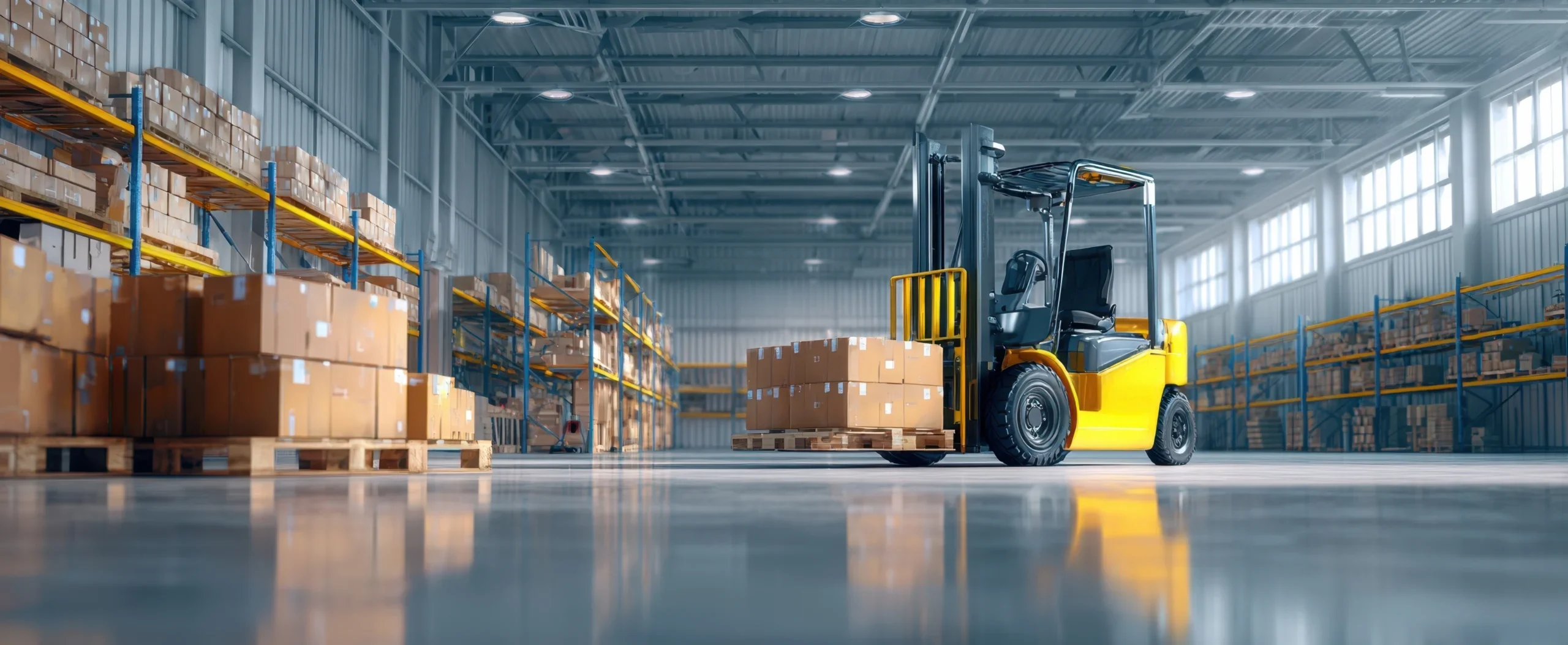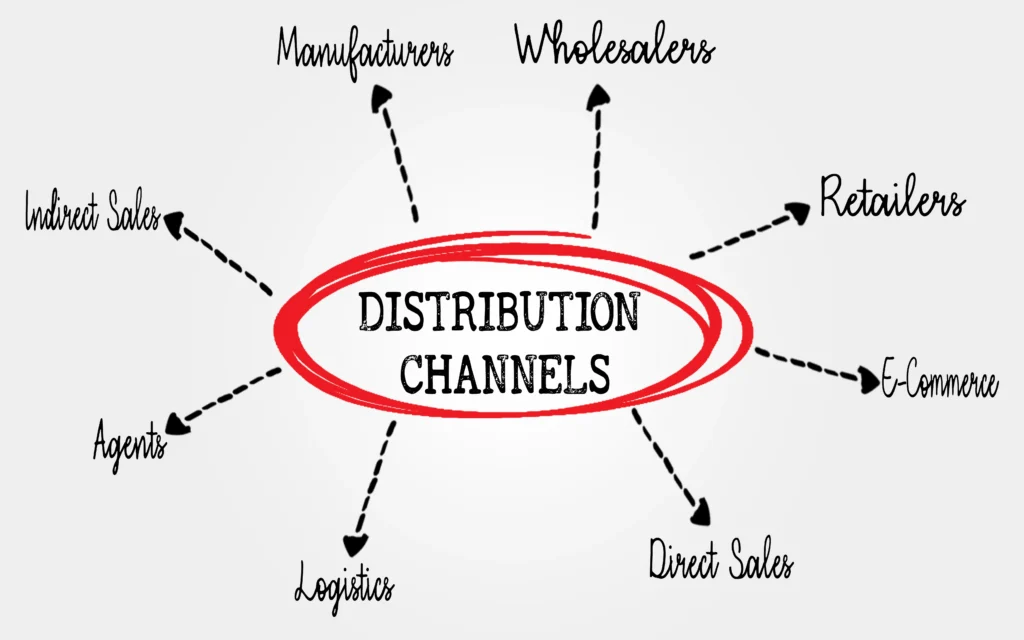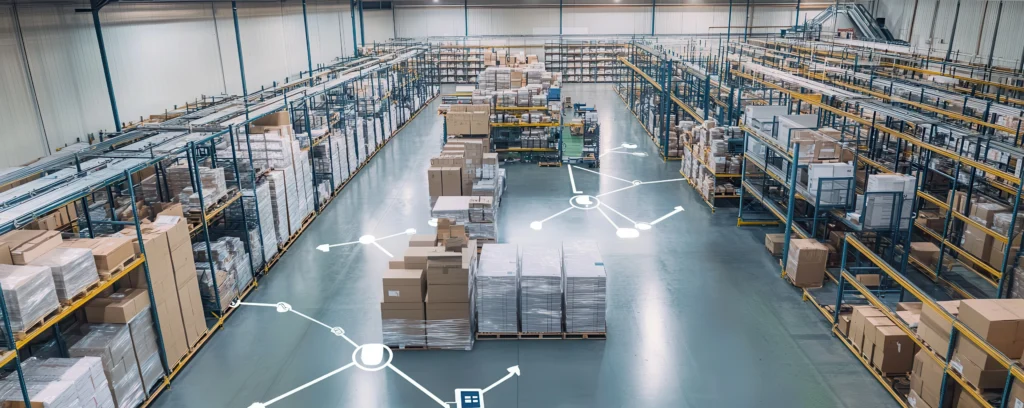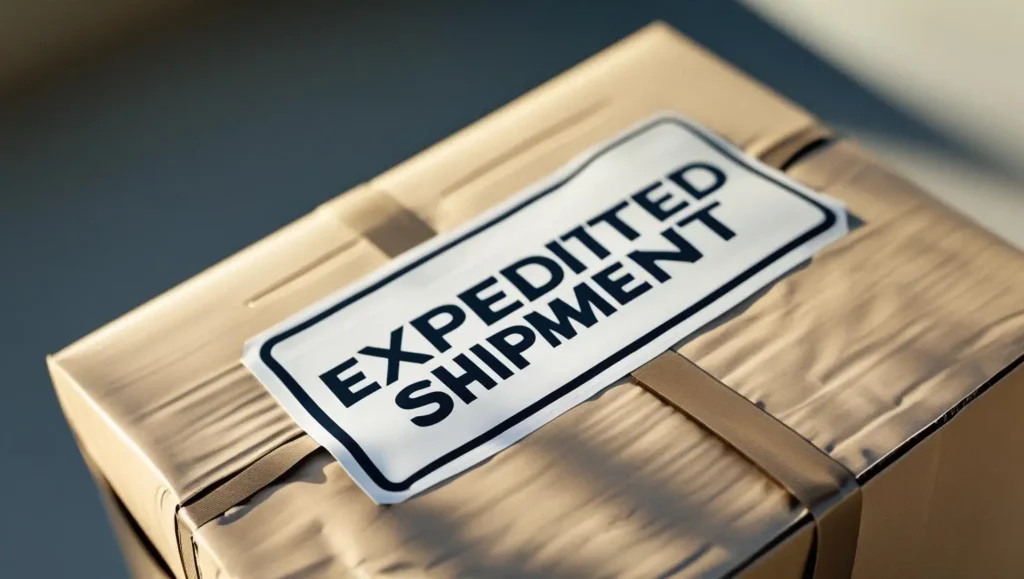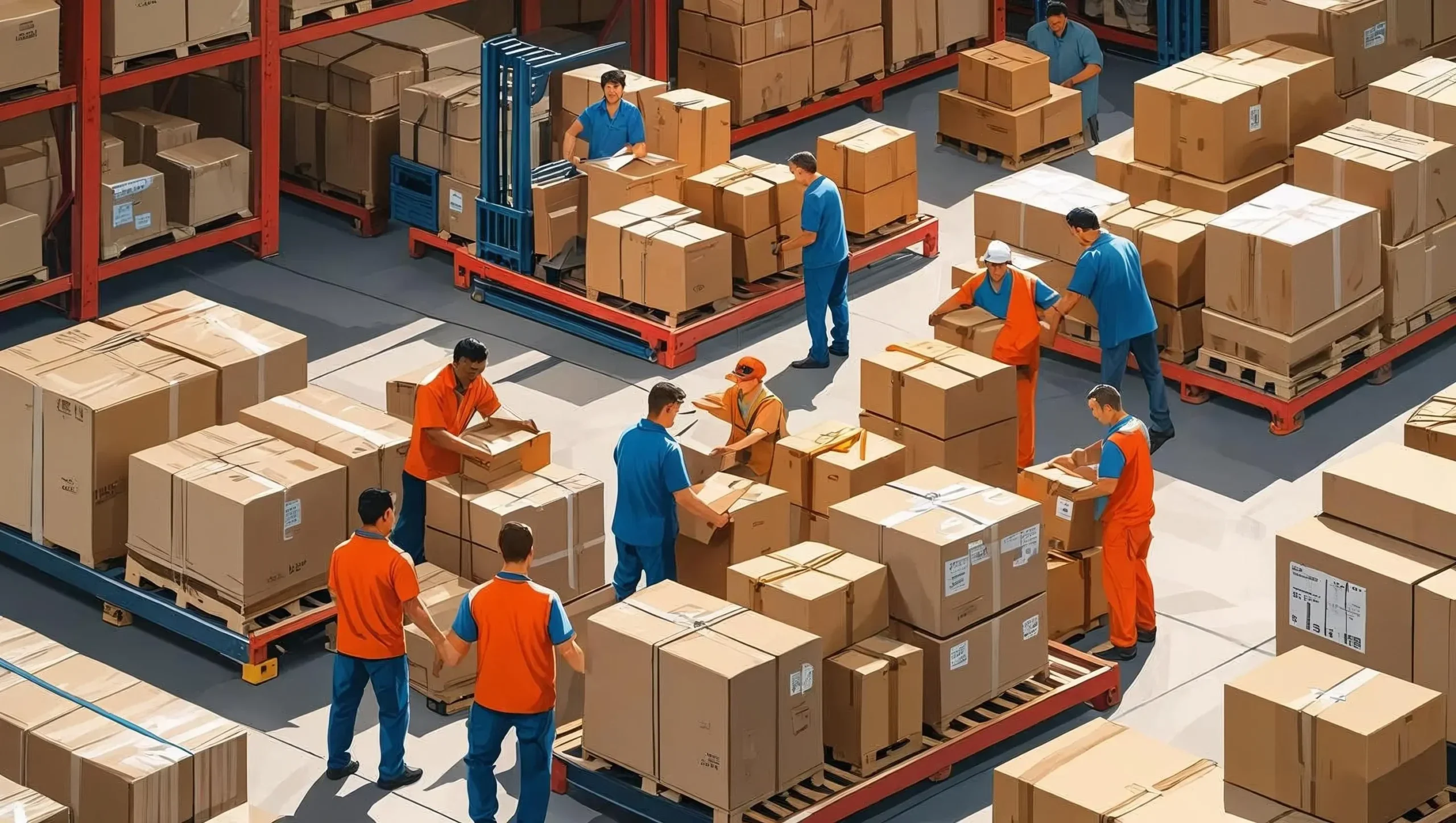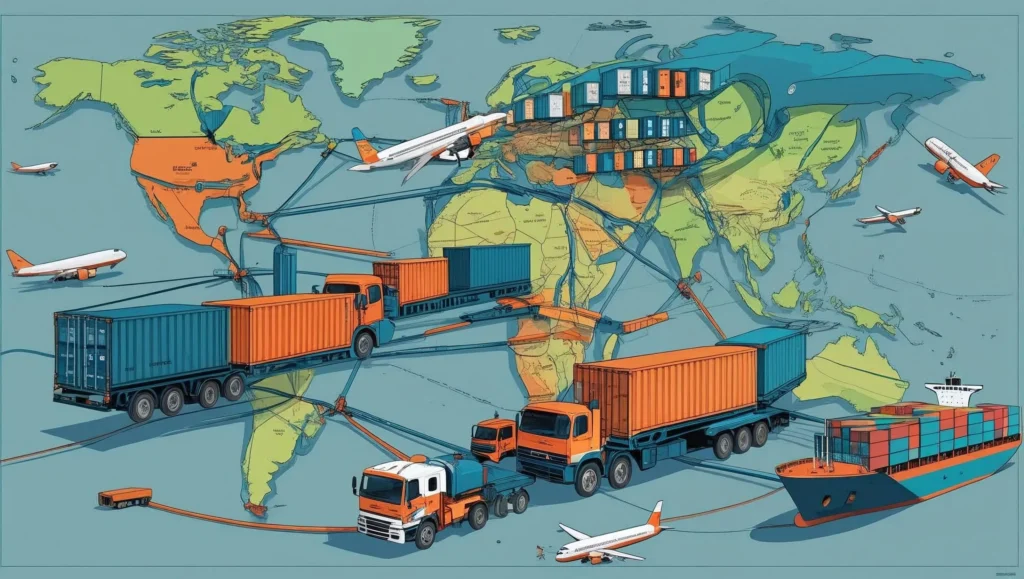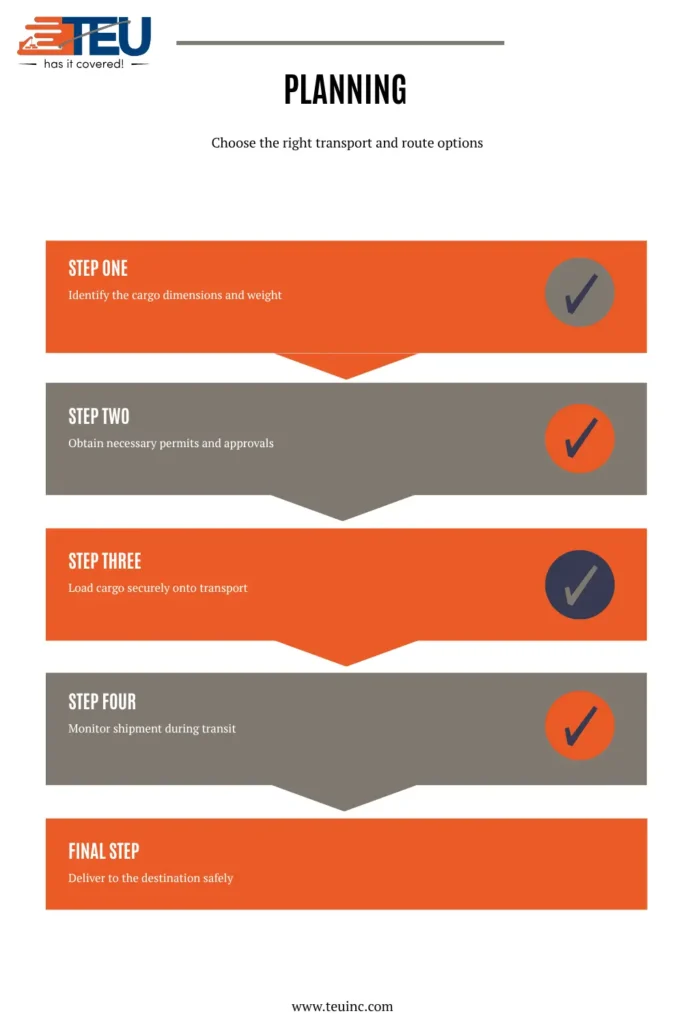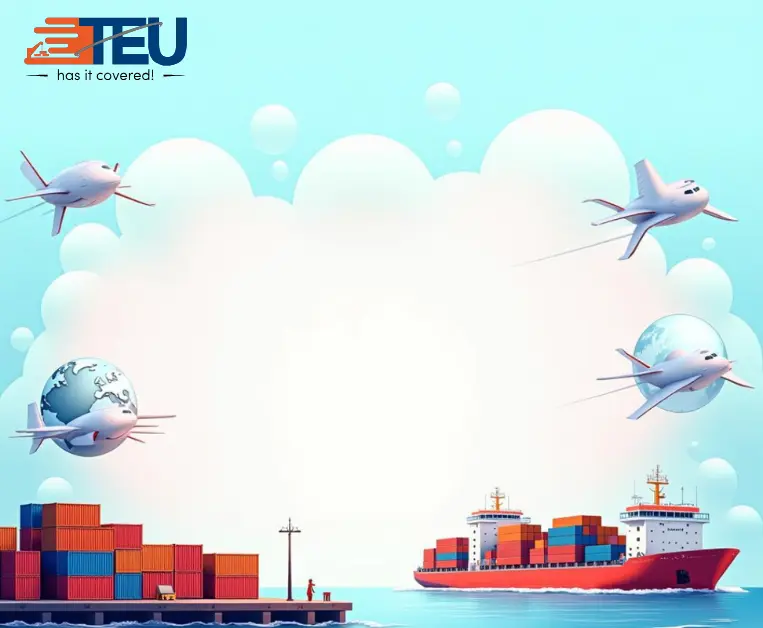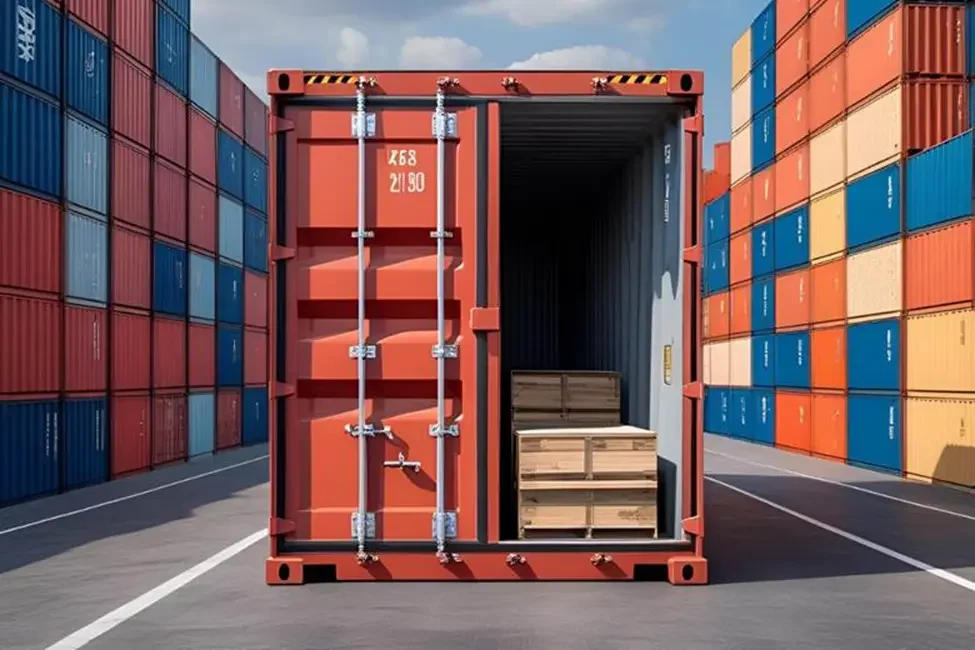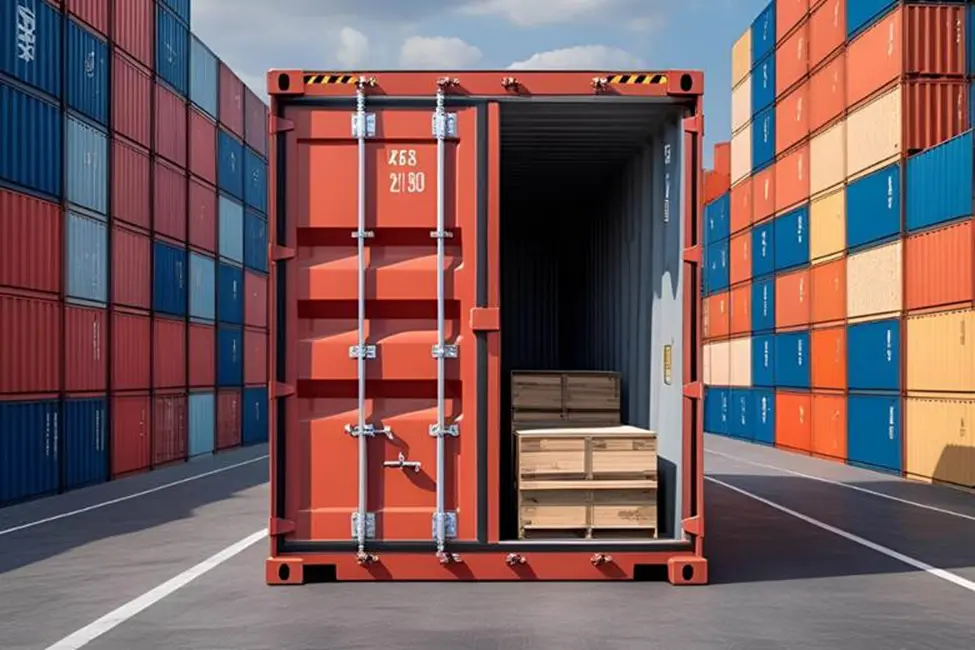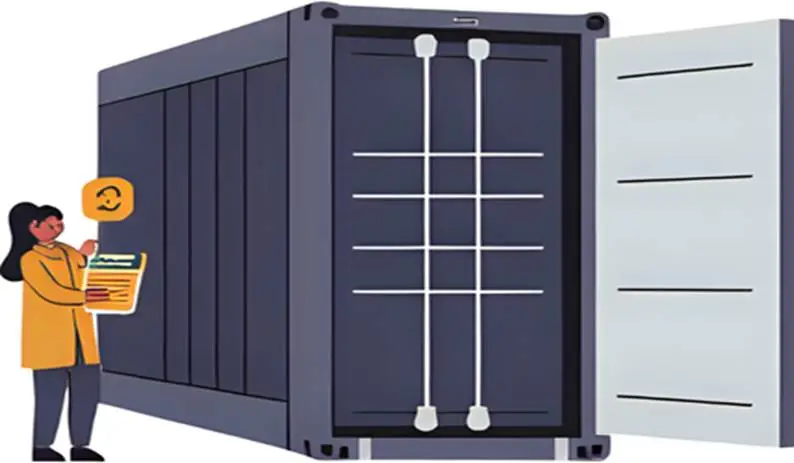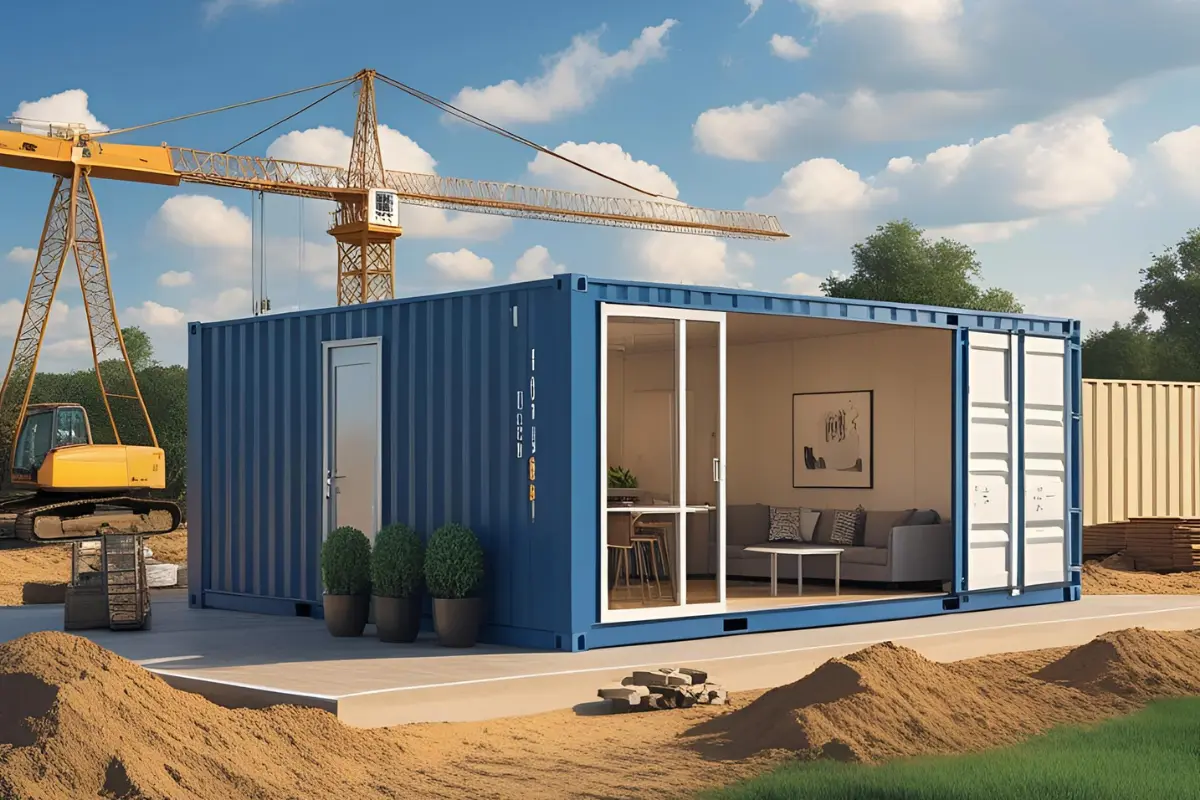10 Ways TEU Global Transforms Supply Chains Through Smart Distribution Management
Rethinking Distribution Management
Distribution management is often misunderstood as just moving products from one warehouse to another. In reality, it’s an intricate dance—coordinating storage, inventory, transportation, and order fulfillment so everything flows seamlessly. Imagine a symphony where every instrument matters; that’s how a supply chain should operate.
At TEU Global, we treat distribution as a strategic advantage, not just logistics. By blending intelligent routing, automation, and live shipment tracking, we help businesses cut wasteful costs while keeping their operations smooth and reliable.
Why Efficient Distribution Management Matters More Than Ever
Customers today expect lightning-fast, accurate deliveries with full transparency. A single misstep, delayed shipment, or lost inventory can erode trust and hurt sales.
A well-oiled distribution network balances supply and demand, improves forecasting accuracy, and keeps costs predictable. With TEU Global’s deep logistics expertise, companies can build supply chains that are agile, resilient, and ready for sudden market swings without skipping a beat.
How TEU Global Elevates Distribution Efficiency
We combine practical logistics experience with cutting-edge technology. From selecting optimal warehouse locations to deploying automated inventory systems, our goal is one thing: flawless movement of goods.
Through strong partnerships with trusted carriers and advanced freight visibility tools, TEU Global ensures shipments arrive on time and within budget. The approach? Precision tempered with flexibility: a dependable framework for complex supply chains.
1. Centralized Warehouse Optimization
Why Centralization Wins
Consolidating warehouses strategically makes inventory management easier and reduces operational overhead. Fewer locations mean better oversight and faster workflows.
Benefits You’ll Notice:
- Quicker order processing
- Lower storage and handling costs
- Smarter demand forecasting
- Faster delivery cycles

With distribution centers across North America, TEU Global ensures products move efficiently while keeping transit times and costs low. Learn more about our Warehouse and Distribution Services.
2. Smarter Inventory Management
Real-Time Control
Modern systems provide live updates on stock, reducing errors and enabling rapid decision-making.
Avoiding Overstock and Stockouts
Predictive analytics help TEU Global forecast demand accurately. The result? Products are available exactly when needed, overstock is avoided, and cash flow remains healthy. Discover our inventory management services for smooth operations.
3. Transportation Management That Delivers
Optimizing Routes and Carriers
Transportation is the heartbeat of distribution. TEU Global’s Transportation Management System (TMS) picks the fastest, most cost-effective carriers and routes.
Flexible Intermodal Options
We integrate road, rail, and sea transport to offer delivery options that are both reliable and economical. Explore our transportation solutions for smarter logistics.
4. Technology at the Core
AI and IoT in Action
Emerging technologies like AI and IoT are revolutionizing supply chains. They enable predictive maintenance, route optimization, and real-time tracking for every shipment.
TEU Global’s Digital Edge
Our AI-driven analytics and digital platforms provide actionable insights and full visibility, helping businesses make confident decisions. Learn about our technology solutions for operational excellence.
5. Complete Supply Chain Visibility
Transparency Is Key
Full oversight allows businesses to anticipate delays, manage risks, and keep customers informed.
Tools That Help
Through GPS tracking and interactive dashboards, TEU Global monitors shipments from warehouse to last-mile delivery. Check our tracking solutions for total visibility.
6. Strategic Cost Savings
Lower Freight Costs
By analyzing routes and collaborating with carriers, TEU Global finds the most efficient, cost-effective shipping paths.
Data-Driven Decisions
Predictive analytics allow companies to forecast costs and adjust operations proactively. Discover our cost optimization services for leaner supply chains.
7. Sustainable Distribution Management Practices
Eco-Friendly Logistics
Sustainability is essential. Efficient routes, electric vehicles, and reduced emissions are all part of modern distribution.
TEU Global’s Green Approach
From optimized routing to recyclable packaging and eco-conscious carriers, we help clients meet environmental goals while staying cost-effective. Explore our sustainable logistics solutions.
8. Meeting Fast-Paced Delivery Expectations
Consumers Expect Speed
Same-day and next-day deliveries are becoming the norm. Distribution systems need to match this pace without errors.
E-Commerce Support
TEU Global assists online retailers in inventory management, rapid order processing, and reliable shipping across the U.S. and Canada.
9. Risk in Distribution Management
Preparing for Uncertainty
Supply chains face disruptions from natural disasters, strikes, and geopolitical events. TEU Global helps businesses anticipate and mitigate risks.
Analytics-Driven Mitigation
By analyzing trends and potential disruptions, we diversify transport options to maintain resilience.
10. Partnering with TEU Global
Why TEU Global Stands Out
Advanced technology, expert knowledge, and client-focused strategies make TEU Global a trusted partner.
Building Long-Term Relationships
We collaborate closely with clients to adapt strategies to market changes, creating supply chains that are not just functional but strategically optimized for growth.
FAQs
1. What is the main goal of distribution management?
Efficiently moving products from origin to consumer while maintaining quality and reducing costs.
2. How does technology improve distribution?
Automation, real-time tracking, and data-driven insights enable smarter decisions.
3. Why outsource to TEU Global?
Businesses can focus on growth while we handle complex logistics operations.
4. Logistics vs. Distribution what’s the difference?
Distribution focuses on delivering products; logistics includes procurement, storage, and transport.
5. How does sustainable distribution help?
Reduces emissions, energy use, and costs while boosting brand reputation.
6. Which industries benefit most?
Retail, e-commerce, manufacturing, pharmaceuticals, and food supply chains rely heavily on effective distribution.
Conclusion: Building Resilient Supply Chains with TEU Global
Distribution Management is the lifeblood of a strong jsupply chain. Done right, it reduces costs, increases efficiency, and ensures customers are happy.
At TEU Global, we combine technology, expertise, and sustainable practices to help businesses navigate challenges and grow confidently. For companies seeking faster, smarter, and more dependable supply chains, TEU Global isn’t just a logistics provider it’s a strategic partner for growth.





